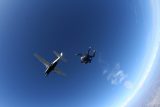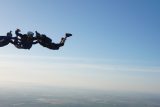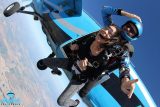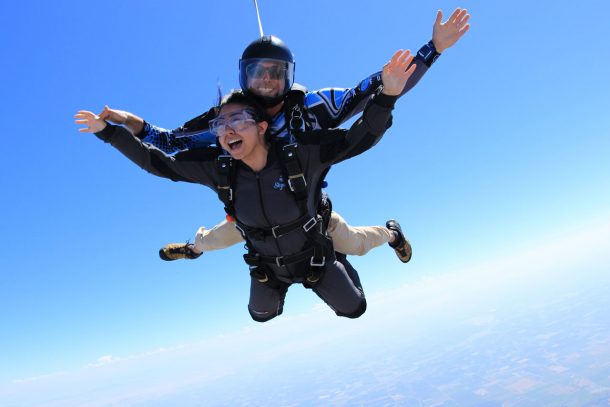How to Get Into Wingsuit Flying
Ah, the wingsuit! When people think of skydiving, many automatically think about wingsuit flying. These contraptions work using principles similar to the ones that keep every other flying machine in the air, from fighter planes to hang gliders, and just like every other flying machine, it requires a skilled pilot to keep it within the “fun and safety” envelope.
What Is A Wingsuit?
A booming market has facilitated a pantheon of variations on the basic design of the “flying squirrel suit,” but the core idea remains the same: a human-shaped suit with two wings that connect the arms and torso and one wing connecting the legs, all of which zips onto the body for a snug fit. The suit works because it’s inflated by the wind that passes over the pilot, forming a semi-rigid airfoil. That airfoil shape provides sufficient lift to carry a skilled pilot for a significant horizontal distance.
Wingsuits tend to be sold using similar marketing to performance automobiles, hawking the suit’s inherent performance characteristics over the skills of the “professional driver on a closed course.” That advertising might make you think that you’re shopping for something like a car, where you can reasonably expect to just hop in and mash on the gas pedal, and it’ll do what you want. Suffice it to say: that is bullhonkey. You have to get good before you can push any kind of performance envelope–and putting in the requisite jumps even before you put on the suit might just save your life.
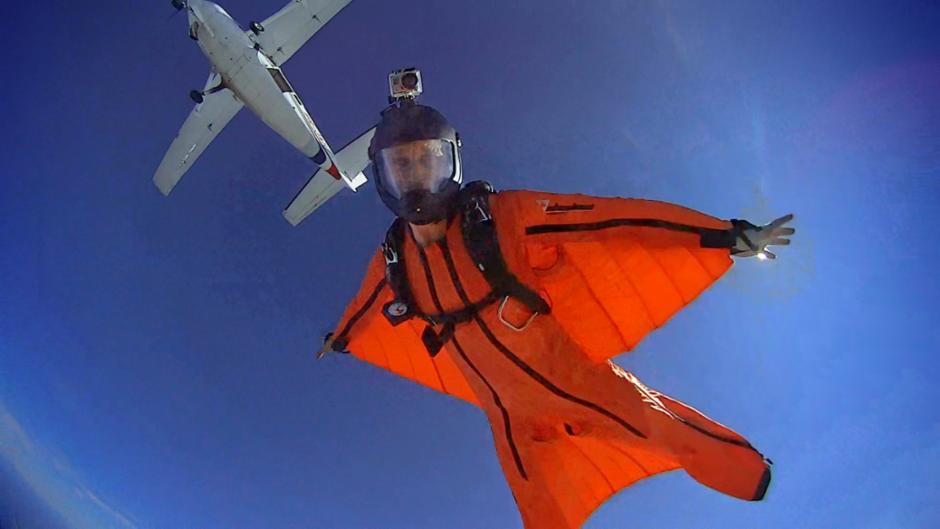
What are the entry-level requirements to fly a wingsuit?
First, you’ve gotta be a solid skydiver. The United States Parachute Association recommends that each person making their first wingsuit skydive have at least 200 jumps in the past 18 months. Aside from those basic guidelines, each of the various wingsuit manufacturers offers their own, more specific instructional ratings for potential pilots of their products. Word to the wise: regardless of an athlete’s experience in other skydiving disciplines, each skydiver who wants to wingsuit must seek thorough training in flying wingsuits, even if that athlete has done thousands of jumps. Wingsuiting is challenging!
How far can a wingsuit fly?
A skydive is usually performed from around 12,000 feet over the landing area, and wingsuiters often deploy their main parachutes 9,000 feet (3 kilometers) below that altitude. At that respectable glide ratio of 2.5:1, a wingsuit pilot can cover about 7.5 kilometers of distance. That number doesn’t remain constant. It not only changes with the shape and volume of the wingsuit pilot in his or her gear but also with the weather conditions (such as headwinds, crosswinds, and tailwinds) and the pilot’s airspeed.
So: If you’re not watching where you’re going, you can end up very far from the dropzone. Very, very far.
How fast can a wingsuit fly?
The wingsuit pilot’s personal relationship with glide ratio tends to revolve around two key numbers: “maximum glide” and “minimum sink.” The former reflects the airspeed at which the wingsuiter flies the greatest distance forward for each meter of lost altitude. (This number usually hovers around 30–40% greater than the wingsuiter’s stall speed.) “Minimum sink” is, as the term implies, the airspeed at which the wingsuiter loses the least amount of altitude, though he/she will not fly as efficiently as they do at their max glide. Flying at minimum sink delivers longer freefall time, but the pilot covers significantly less distance.
So, without further ado: A typical wingsuit’s forward speed–not accounting, of course, for the forest of variables that can affect it–hangs out at around 100 miles per hour.
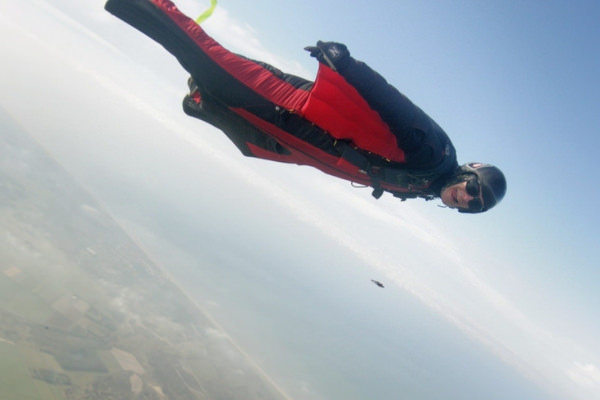
How can a sufficiently skilled and experienced skydiver start down the wingsuiting path?
Signing up for a well-administered “first wingsuit jump course” (FWJC) at the proper time in your skydiving career isn’t just smart from the perspective of safety. Far beyond that, it’ll ensure that you aren’t distracted by newbie concerns (OMG BUT WHAT IF I HAVE A MALFUNCTION AND HAVE TO CUT AWAY OMG OMG OMG) when you make that jump. Being comfortable at the get-go will significantly improve your relationship with the challenge presented by your new toy. Taking this process step by step is vital, and the wingsuit coaches at Skydive California can be with you from your very first baby-bird forays right through to your full-grown-eagle ca-caws.
We look forward to spreading our wings with you, dear reader! Call us and start your journey today.

